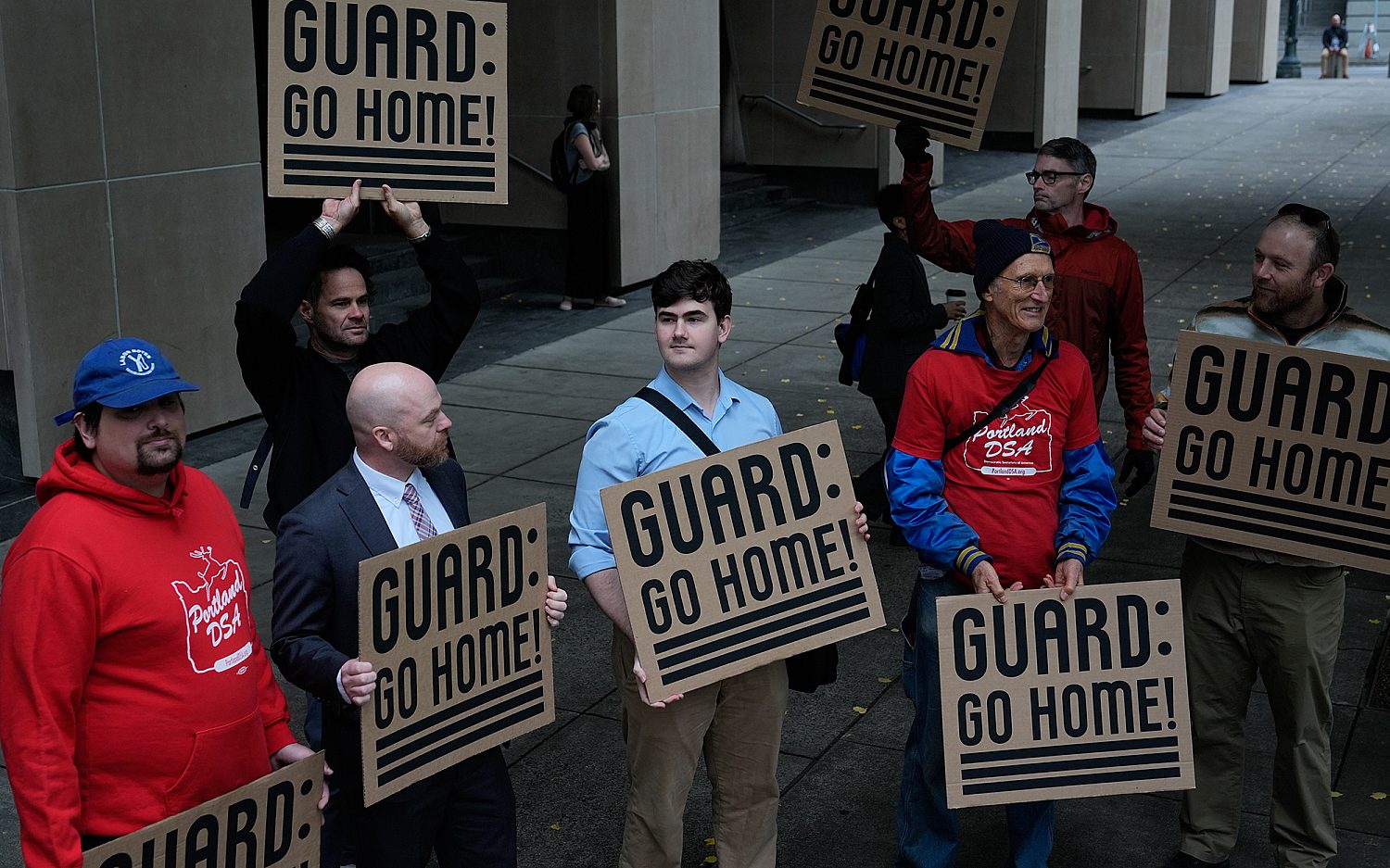Advancing marriage in a culture of singleness
The Heritage Foundation’s Jennifer Marshall talks about the cultural consequences of delaying marriage
Jennifer Marshall is the vice president for the Institute for Family, Community, and Opportunity at the Heritage Foundation. In 2010, National Journal named her one of Washington’s top 20 power players in recognition of her work on school choice and other education reforms. She’s also the author of Now and Not Yet: Making Sense of Single Life in the Twenty-First Century. That book informed much of her speech at the national conference of the Southern Baptist Convention’s Ethics and Religious Liberty Commission, where we had this conversation.
The Heritage Foundation is not a creedal or religious organization, per se, but the issues that you look at have a powerful interface with religion. That’s right. The Heritage Foundation is based on constitutional first principles, the ideas of limited government, a free-market economy, a strong civil society, and a strong national defense. Certainly, we know that we can’t succeed in that mission unless we have strong, stable families, a thriving culture of religious liberty, and a really firm grasp on that private right of association that makes such a flourishing civil society in America.
Why do you think it’s important to talk about singleness at this conference on marriage and sexuality? Our view of what it means to be single in an age where singleness is lasting much longer than it did in past generations is going to have a profound effect on how we view marriage and how we view our community life in the church and in society. … Many people grew up in the church expecting to be wives and mothers. I’m speaking from a female perspective now. We didn’t expect to hit this long stage between college and whatever God has for us next. We anticipated that the autopilot that had gotten us through school and college would land us at the doorstep of marriage. For many of us, that hasn’t happened. What do we do with that? How do we challenge ourselves to be content and find purpose and direction right now, even as we hope for something more in the future? How do we live in that tension? I think the way that we live in that tension, and I even called it “singleness as stewardship” last night, will very much contribute to the perceptions that our culture has about marriage.
Can you share some of those hardcore facts that show what has changed radically in a short period of time? It is a dramatic change. We’re not talking enough about it. The median age of first marriage has risen six years in the last four decades. In my lifetime, it’s risen six years. Almost half of women are still single at age 30. That’s compared to an extremely low percentage of aged-30 women in 1970 who were single. We’re having really profound changes. That’s something we’ve got to talk about, particularly in the church, where we clearly do prize marriage and want people to be able to find their way to that and have cultural support from the church community. If we’re not talking about that, we’ve got problems.
For one thing, it affects childbearing. If you’re not getting married until you’re 30, you’re not having your first children until in your 30s. We’ve seen fertility rates drop in this country. We are seeing divisions in society along marriage lines. We’re seeing that those who go to college typically get married and then have children. Those who do not go to college, maybe are high school graduates or not even high school graduates, are reversing in general … having children before they get married, if they get married. … If you saw a marriage pattern at home and in the community of your parents, friends, and so on, you’re going to understand what healthy marriage looks like, hopefully, and maybe pattern after it. If you didn’t see that, and you live in a neighborhood where you never saw a healthy marriage, you can get to adulthood without ever having attended a wedding. We hear increasing testimonies to that effect. We are going to have to take some steps to make sure that we are teaching what marriage looks like and the skills that it takes relationally to enter into a healthy marriage.
We’re teaching kids at 14 to wait until they get married before they have sex. Historically, that might have been until they were 21. If they’re not getting married until they’re 30, that looks like a really tough hurdle. As a public policy person looking at these questions, we look at the aggregate data. As the typical age of first marriage is climbing, we’re also seeing cohabitation rates climb. We’re seeing unwed childbearing climb dramatically. These are all happening. They have very strong effect on our culture, on our society, and on public policy. A child born outside of marriage is five times more likely to experience poverty than one born to an intact family and raised by that intact family. That has dramatic consequences for welfare policy and many other things.
Hear more of my interview with Jennifer Marshall on Listening In:
An actual newsletter worth subscribing to instead of just a collection of links. —Adam
Sign up to receive The Sift email newsletter each weekday morning for the latest headlines from WORLD’s breaking news team.





Please wait while we load the latest comments...
Comments
Please register, subscribe, or log in to comment on this article.